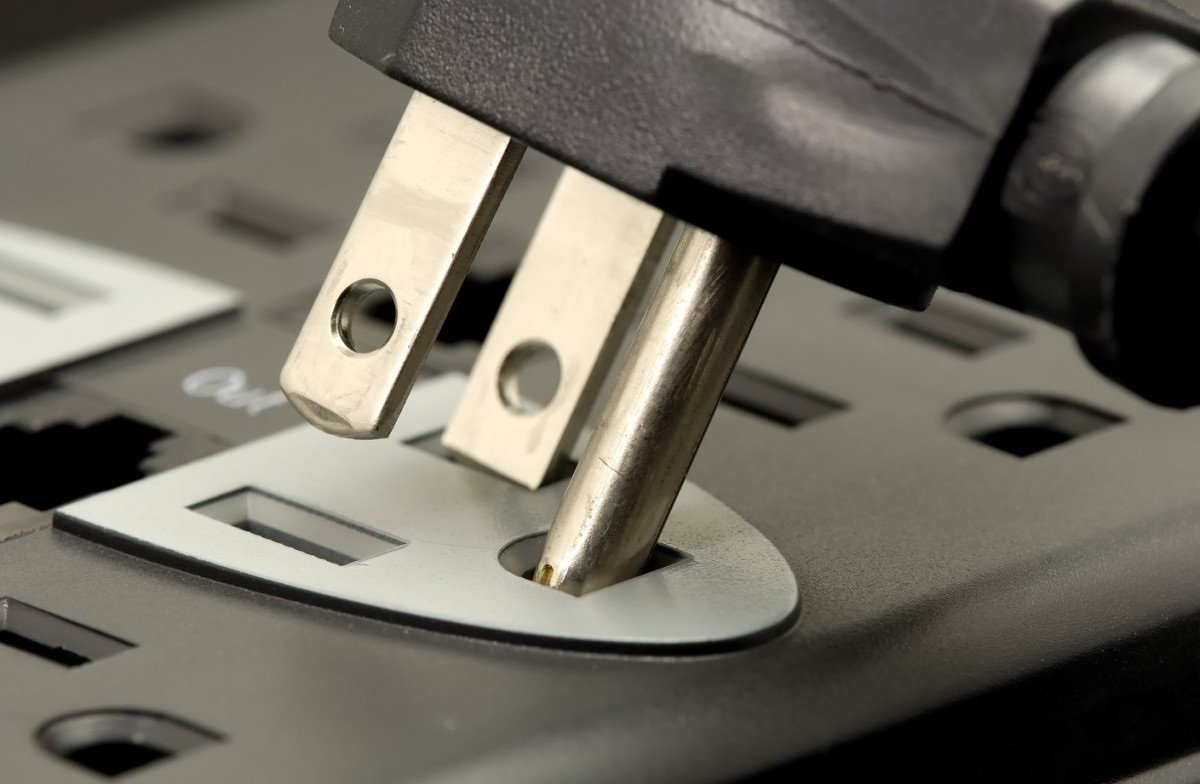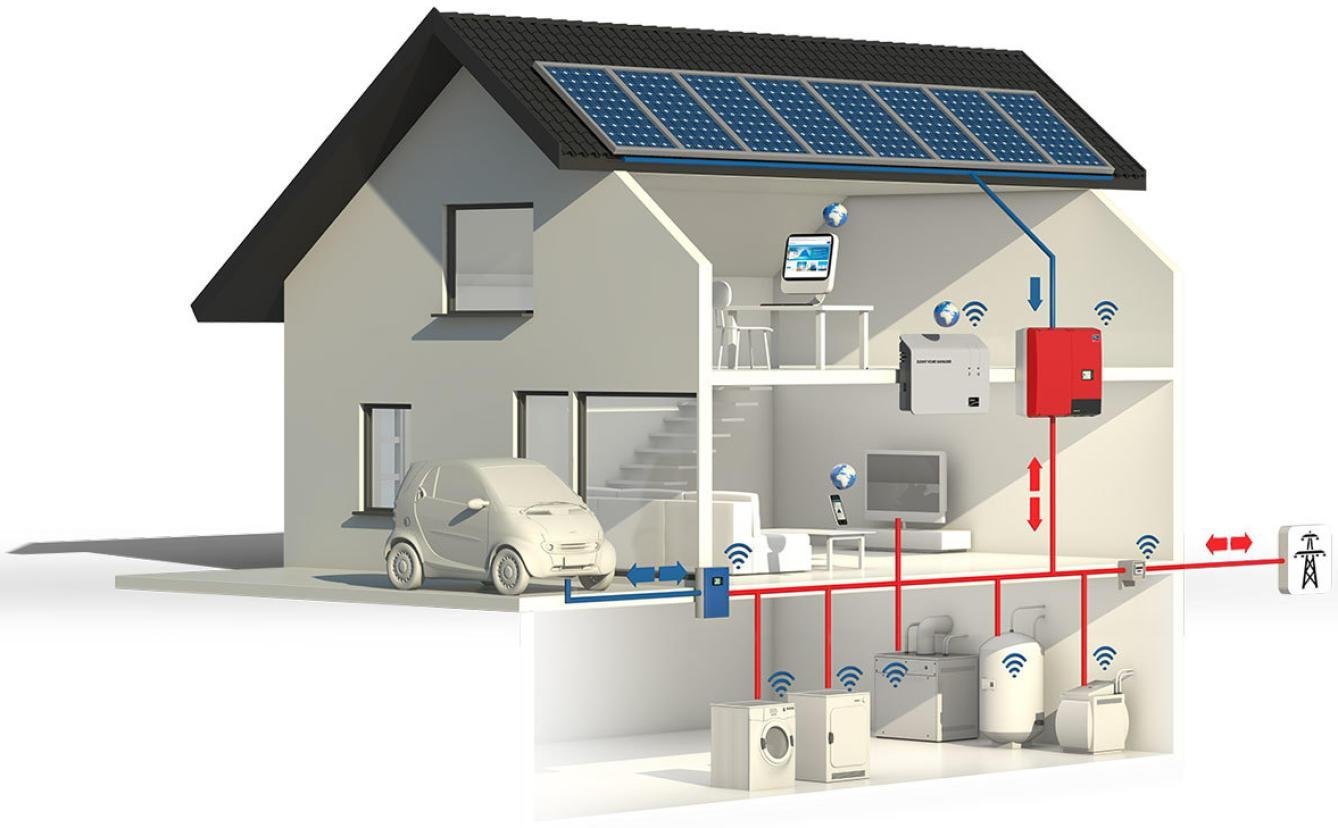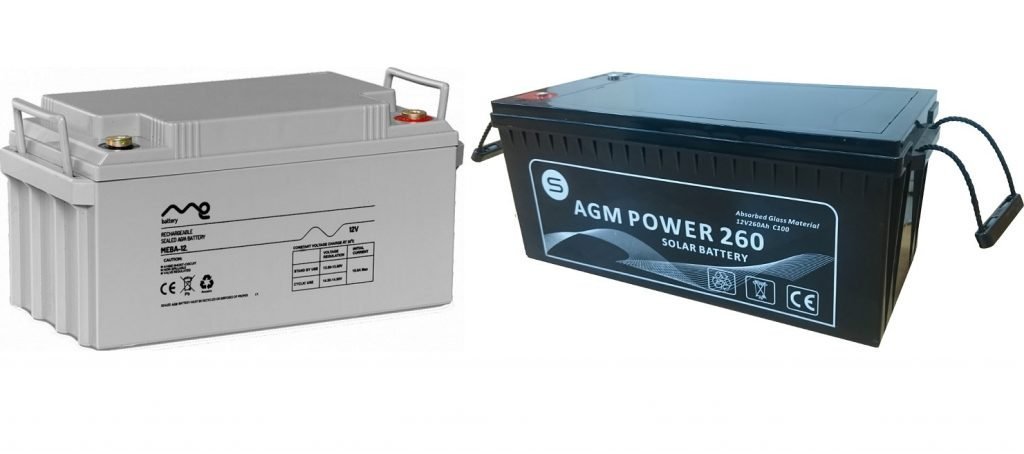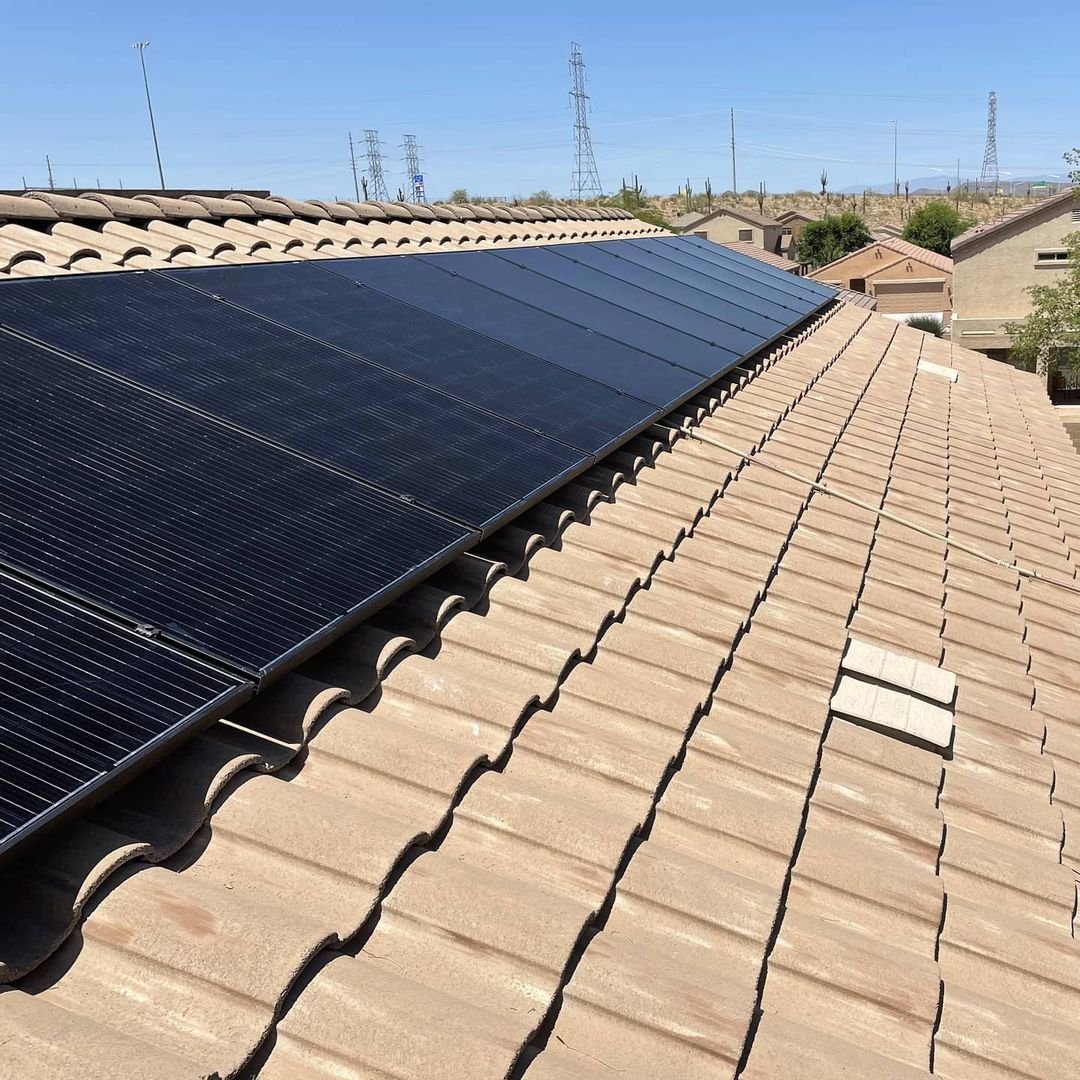
Relationship between solar panels, batteries and inverter
If you are interested in building a solar energy system, you should know what is the relationship between solar panels, batteries and inverter
Relationship between solar panels, batteries and inverter
The only relationship between the number of solar panels installed and the capacity of the batteries is that the charging current cannot exceed 10% of the battery capacity expressed in C10.
* For example, a charge current of 60A will be the maximum allowed for a 600Ah battery in C100.
1.- Number of solar panels required.
The power of the photovoltaic field is designed to cover daily consumption for the worst conditions of solar radiation. That is, if the use of the solar kit is throughout the year , we will design the power of the photovoltaic field to cover the daily consumption of one day in December . If the solar kit will be for vacation use and weekends of the rest of the year , we will design the power of the photovoltaic field for an average day in September or October .
To perform the calculation, it is necessary to take into account the Peak Solar Hours (HSP) of the place, the technical characteristics of the solar panels, the losses of the system, losses due to dirt in the atmosphere, losses due to heating, etc. For this, sophisticated calculation tools are used that simplify the process. Use our solar kits and consumption calculator to calculate your consumption and see the design of the solar kit that adapts to your consumption. Inside the solar kit you can check the solar production and the necessary power of solar panels.
2.- Battery capacity
The capacity of the batteries indicates the days of autonomy that the solar kit will have. As we do not want the depth of discharge of the battery to exceed 50%, we will multiply the daily consumption x2 so that the capacity of the battery is double that of a day of consumption. (which would mean 1 day of autonomy). Later we will multiply by the number of days of autonomy desired to obtain the total capacity of the battery.
The normal thing is to design the batteries with 3-4 days of autonomy. Which will mean that we must multiply the daily consumption by 6. (x2 to use 50% of the battery and x3 for 3 days of autonomy; total x6).
For example: a consumption of 2000Wh / day x6 = 12,000Wh / day
If the battery is 12V: 12,000Wh / 12V = 1000Ah of battery at 12V. (consisting of: 1 12V and 1000Ah battery; or 2 6V and 1000Ah batteries in series; or 6 2V and 1000Ah batteries connected in series)
If the battery is 24V: 12,000Wh / 24V = 500Ah battery at 24V. (consisting of: 2 batteries of 12V and 500Ah connected in series; or 4 batteries of 6V and 500Ah in series; or 12 batteries of 2V and 500Ah connected in series)
If the battery is 48V: 12,000Wh / 48V = 250Ah battery at 48V. (consisting of: 4 batteries of 12V and 250Ah connected in series; or 8 batteries of 6V and 250Ah in series; or 24 batteries of 2V and 250Ah connected in series)
* All batteries in the previous example have the same power:
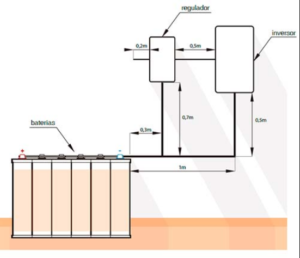
A 12V:
- 1 x 12V x 1000Ah = 12.000Wh
- 2 x 6V x 1000Ah = 12.000Wh
- 6 x 2V x 1000Ah = 12.000Wh
A 24V:
- 2 x 12V x 500Ah = 12.000Wh
- 4 x 6V x 500Ah = 12.000Wh
- 12 x 2V x 500Ah = 12.000Wh
A 48V:
- 4 x 12V x 250Ah = 12.000Wh
- 8 x 6V x 250Ah = 12.000Wh
- 24 x 2V x 250Ah = 12.000Wh
3.- Power and operating voltage of the inverter
For systems with necessary power less than 1000W we can carry out the solar installation at 12V
For systems with necessary power between 1000W and 3000W we will carry out the solar installation at 24V
For systems with necessary power greater than 3000W we will carry out the solar installation at 48V
4.-Consumption calculator
You can use our solar kits and consumption calculator to calculate your consumption and see the kits configured for permanent use as well as for summer and weekends the rest of the year.


